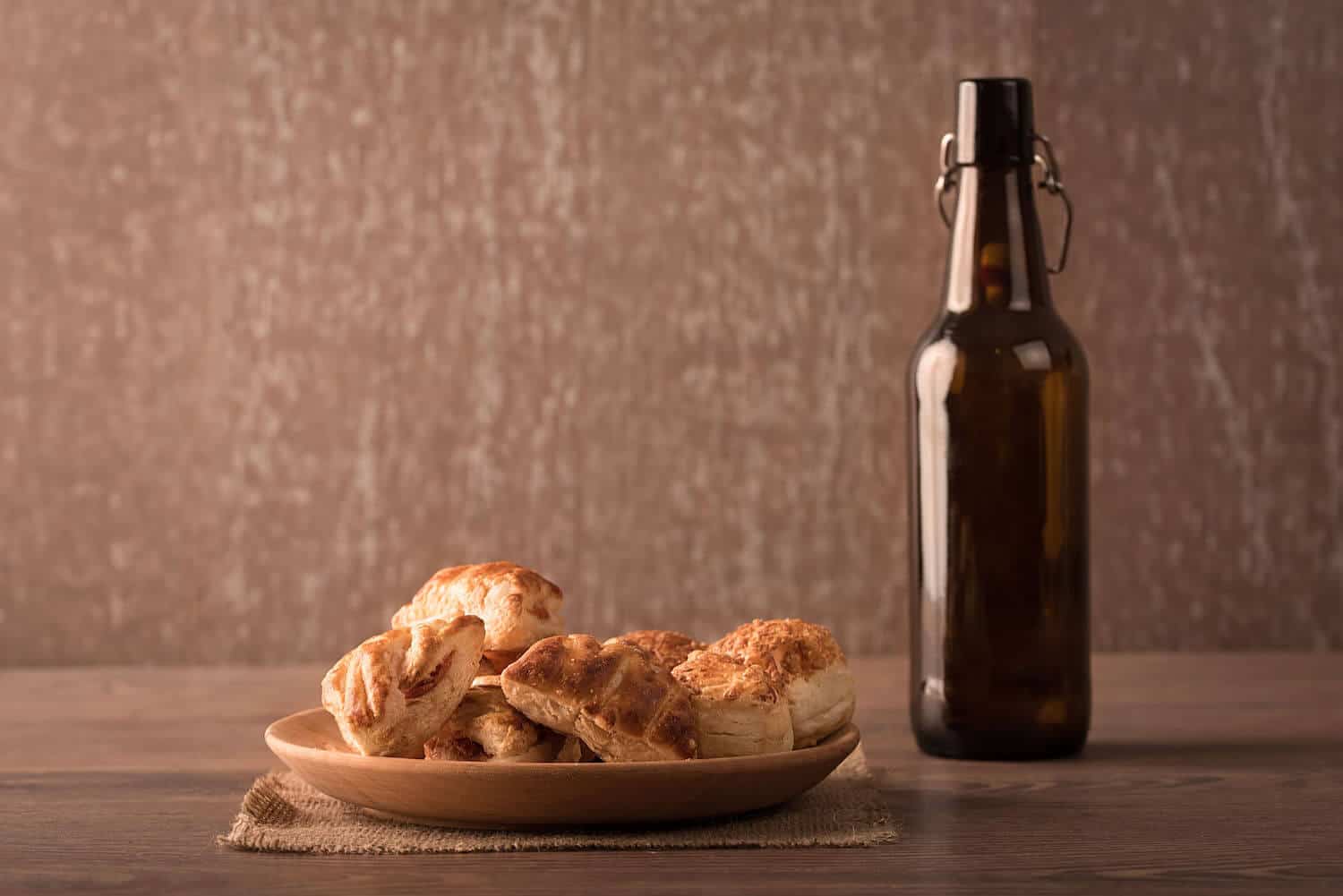Whether a beer tastes good or not is a matter of individual preference, at least that’s the generally accepted view. But does that make competitions that compare different beers meaningless? Which components produce what aromas in a beer? Yeast, hops and malt are responsible for certain “families” of aromas in beer, and combined they create the typical taste and mouthfeel of a particular beer. So what makes malt aroma in particular stand out? We take a look at the sensory universe of coffee, toffee, cookies & co.
Aroma, flavor, taste
First of all, it is important to explain the terms: Strictly speaking, “aroma” is just the smell, but it is frequently used for the combination of smell and taste. “Flavor” is the correct term to use as it covers everything we perceive through the mouth and nose, although around three quarters of the flavor we perceive is controlled by our olfactory sense. In addition, the taste of a beer is also influenced by its color, clarity and foam. And then there is the “mouthfeel” – the physical sensation in the mouth. However, a beer should not only taste good, it should look good too – after all, the visual sense is still the dominating one in humans. For example, a dark lager would put you off it before you even sample it. So you see, it is a complex issue!
There’s no accounting for taste – or is there?
The way we evaluate flavors is in fact a matter of taste. What our noses and mouths perceive is conveyed directly to the amygdala – the area of our brain responsible for emotions. This plays an important role in evaluating and recognizing situations at an emotional level, which again is very individual. It is well known that we have an “olfactory memory” that evokes associations and memories when we perceive certain smells.
Does that mean there are no objective criteria for a “good beer”? What is the point of beer evaluations and comparisons by expert juries at competitions? Well, on the one hand, flavors are chemically detectable, and on the other there is of course such a thing as a good beer: By definition it should have defined flavors that suit the beer type or style. It should also be free of off-flavors and ideally animate the drinker to continue drinking. But where do these flavors come from?
Ingredients have varying effects
Flavors are produced by the interaction between different ingredients in the brewing process. Hops, for example, generally creates a rather fruity and flowery aroma. Yeast also influences the taste, giving it a fruity note as well, but it can equally produce hints of sulfur, butter or even glue.
The spectrum of malt aromas is vast: Basic malts like Pilsner, Munich or Pale Ale tend to create hints of wheat, honey or bread. Malts with a high share of so-called melanoidins (by-products of the roasting reactions of amino acids and reduced sugars) can produce blackberry, plum or cherry aromas. Specialty and craft malts not only frequently cause a strong color, but also a sweet aroma reminiscent of honey, fig, caramel, toffee or dates. Roasted malts give beer a chocolate, cocoa or coffee flavor, and those who like it smoky should try a peated malt.

